Farm Gate, Ethically Raised, Woodland Pastured
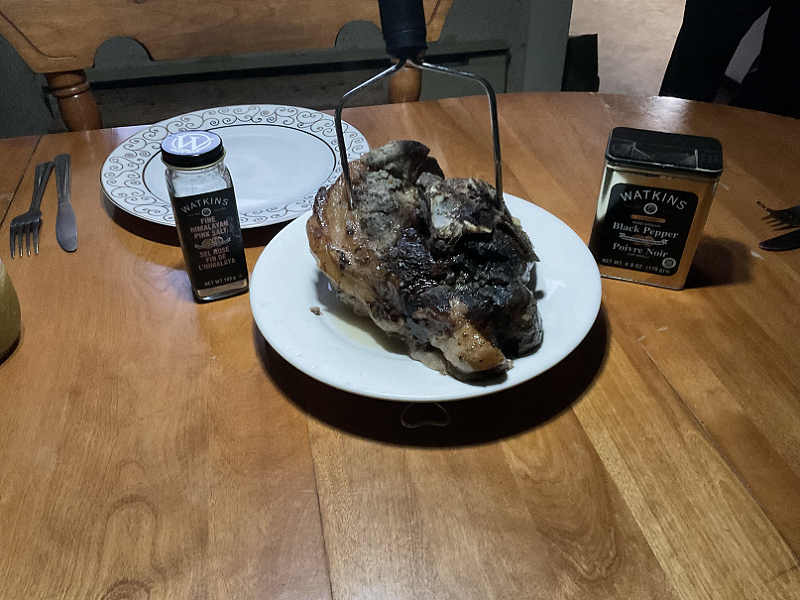
We have limited supplies of Heritage Turkey, Wodland Pastured Pork, Nearly Wild Rabbit, and Pastured Lamb, Ranging from $5-$14 a pound. Contact Brian at Briden Farm 902-907-0770

We have limited supplies of Heritage Turkey, Wodland Pastured Pork, Nearly Wild Rabbit, and Pastured Lamb, Ranging from $5-$14 a pound. Contact Brian at Briden Farm 902-907-0770
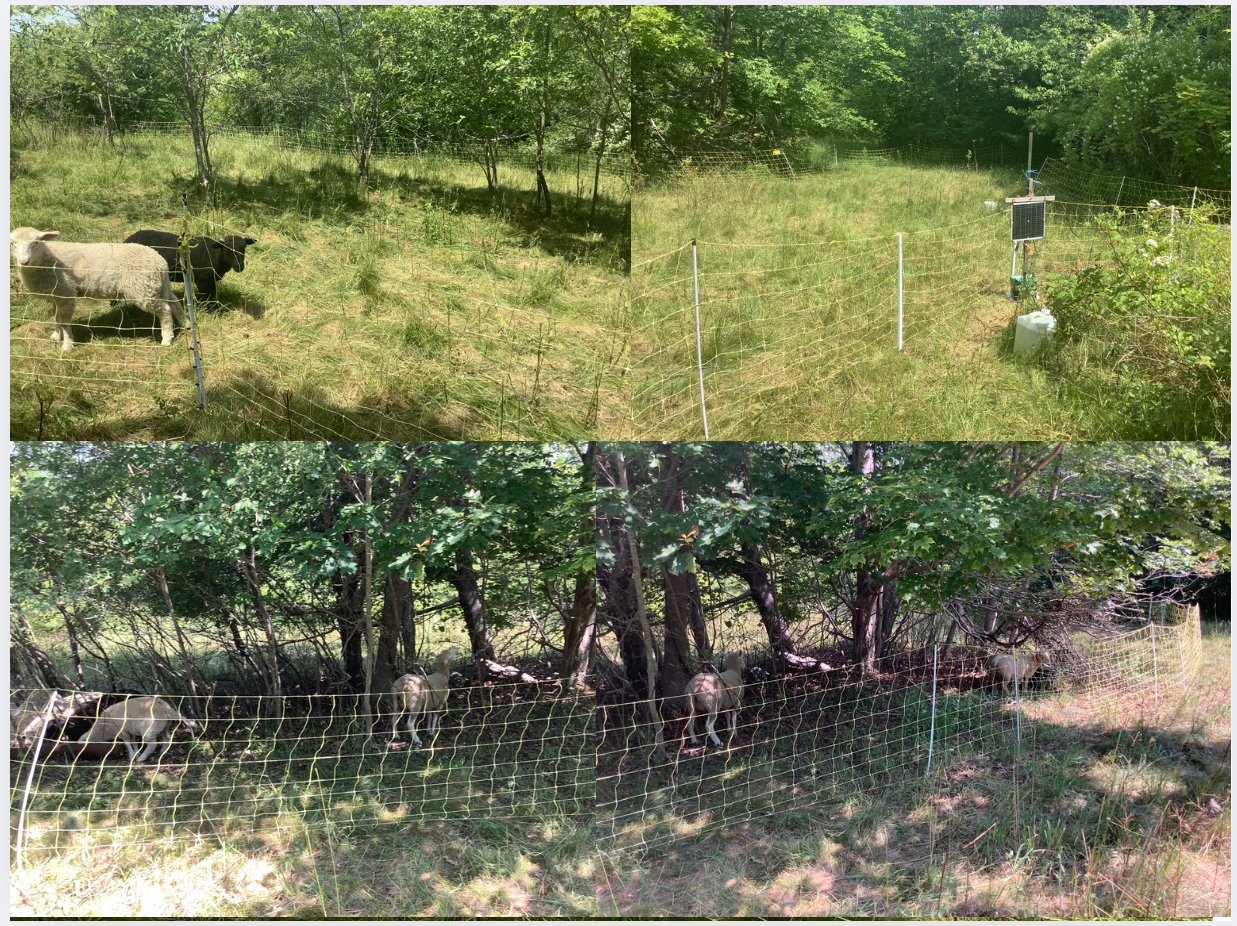
Our Sheep really do, even after two years, still amaze me! Just look at the beautiful work they have done in this area. When we put them in here three days ago, you couldn’t see through the undergrowth. Now, after just three days they’ve done an incredible job!
The photo is actually four photos stitched together.
In the upper two sections notice the area in the back; the back center.
See how thick the growth is at ground level and above?
Now look at the two Lower Sections. Yes, they over lap a bit, side by side.
Although it’s astoundingly obvious how well they’ve managed to clean it!
The reason this is so important to us is it helps open up the canopy and and that allows more sunlight to reach the ground. The increased sunlight helps spur more growth, especially grass growth. Which is what’s needed to help restore this old field and help bring it into grass and forage for hay.
I hope I’ve made it evident in my description. The bit of shade from the large saplings in the Center of the top section is not that shown in the bottom section. The open space in the bottom sections is the back center of the top sections.
Have questions? Want to see this for yourself? Want our sheep working on your property?
Call Brian at #BridenFarm 902-907-0770
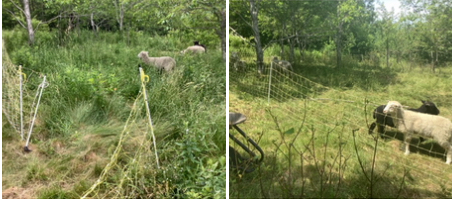
We move our Briden Farm Sheep every 4 Days, to stay ahead of parasites and don’t return for at least 90 days to let the pasture rest and any parasites die due to lack of host. That’s why we move them so often. Goats need to be moved at least every 30 days and Pigs at least every two weeks for the same reasons. The time off pasture, allowing the pasture to rest is usually one year. So it’s all very labour intensive. Especially having to move the Sheep every four days!
So, I’ve probably seen this happen, and helped make this happen, well over 100 times over the past couple of years.!
Yet, I’m always amazed at what an incredible job they do!
Just look…
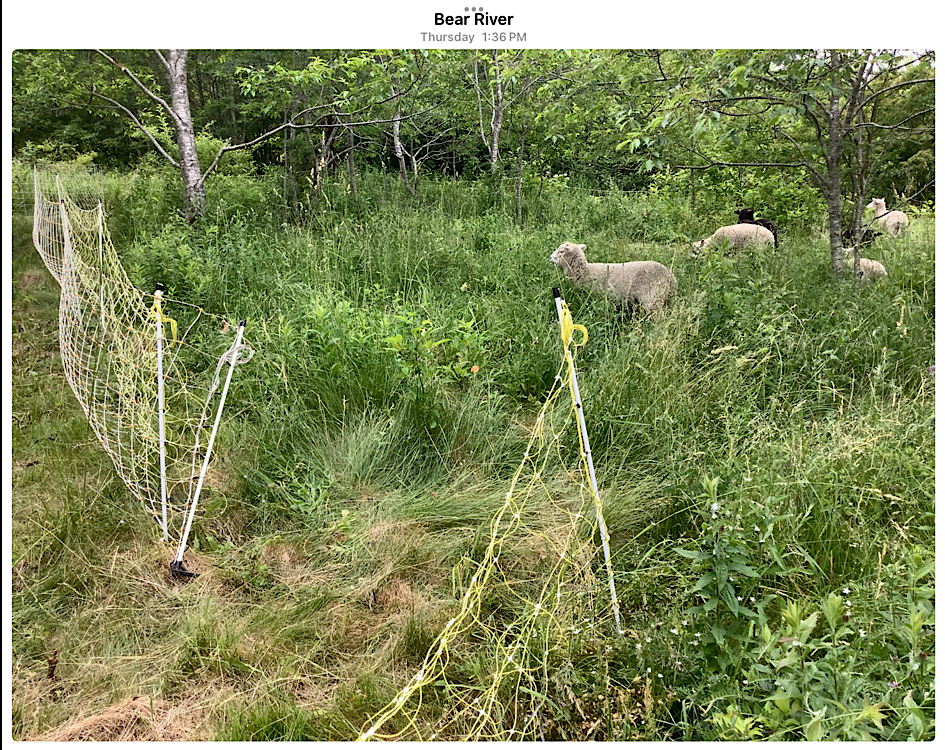
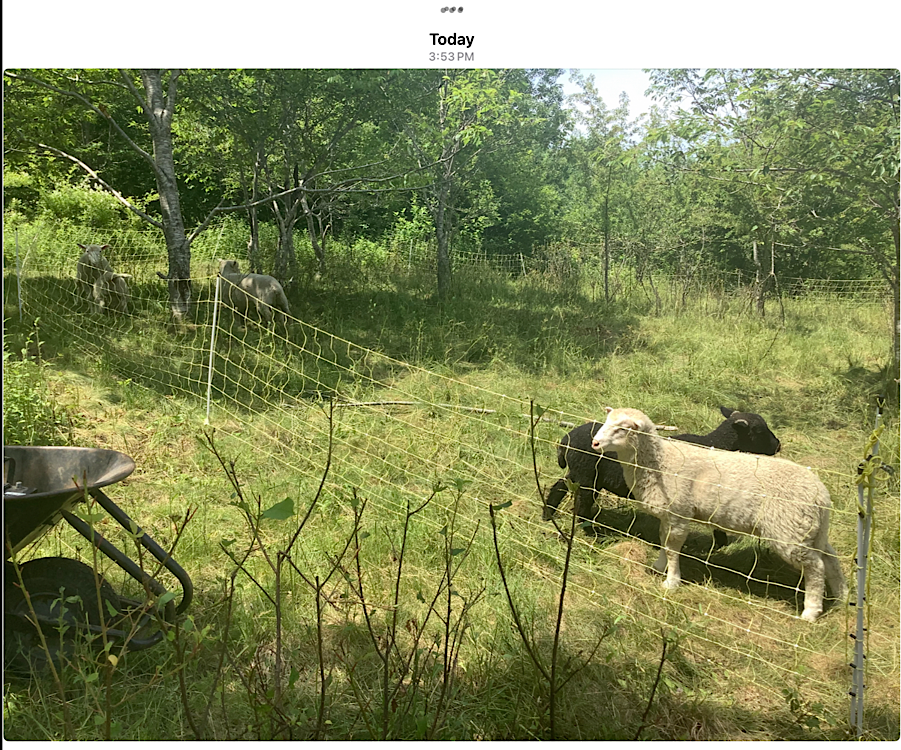
To me it’s absolutely amazing! A stark difference! It really helps recoup old pasture land. Over time it becomes more hay, and less scrub. Especially when we begin to use Goats, Sheep, Chickens and Rabbits all rotated in succession. We’ve seen it on a previously worked overgrown pasture. Within two years it went from weeds and invasive species to where we could harvest hay!
In some cases, where the weeds and invasive species really need to be rooted out, we use Goats, followed by pigs. Let it rest and recuperate and then next year use goats and sheep.
It’s just an amazing transformation! Especially over time! It takes time, and work! Not,only for the animals, but for us also. If You have old pasture land you’d like restored. Naturally without chemicals and excavators, contact us. Let’s discuss Your situation and see how our animals can help You! Call Brian at 902-907-0770
Hay Learning Experiences Making Hay Natural Fertilizer Natural Pasture Restoration Pastures and Fencing Sheep Uncategorized Woodlands
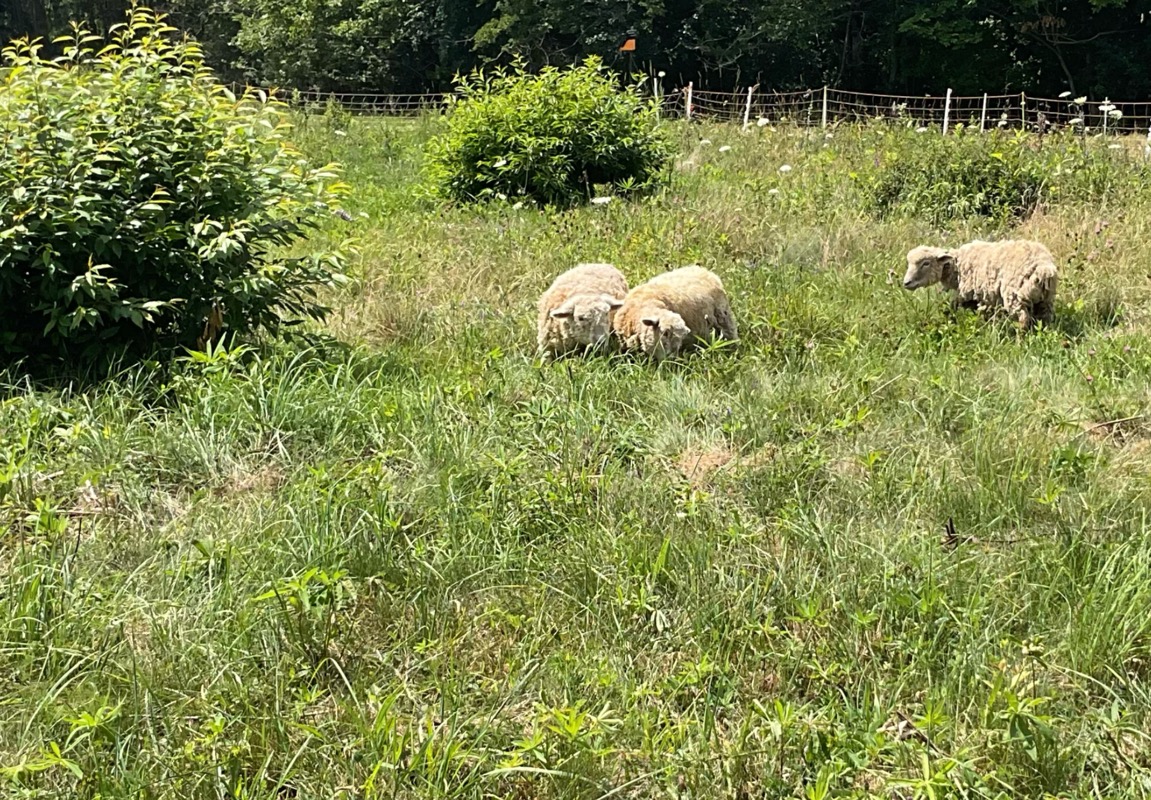
This is a very difficult post for me to write. Yet I feel I need to, part for my own healing, and part in hopes that no one else ever causes this to happen.
Briden, our Bottle Baby Lamb Ram, born February 21, 2024, about 14 months ago, and seen here giving kisses, has always been friendly, and easy to handle.
We had plans to keep him forever, basically. He was part of the flock. A good protector, and had developed a beautiful set of horns.
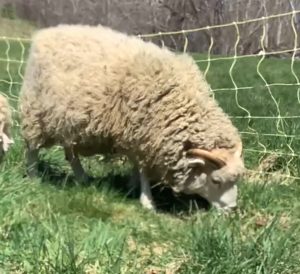
Though he’d never used those horns on me, or anyone really. He’d act up a little, from time to time, but never with real aggression. Then that all changed!
About a week ago, May 5th, we had our guy come to sheer our sheep. Briden got a little excited, but nothing serious. He was fixed, “withered” they call it. Although he still had his, um, peanuts. So, though he could not breed a ewe, he still produced testosterone. Although he’d never really been aggressive. Even when being sheered he was good.
After being sheered we turned him, and the ewes, out into the Pasture. I was watching, and somewhat helping the guy who sheers our sheep, and I noticed someone, a guy, in the pasture! He was taunting Briden!! It was at that point Denis showed up at the door, and I looked at him and said, “Can You and that Guy get out of the Pasture!”. Stated rather firmly. I expected a little backlash from Denis later on. I try not to speak like that! However, sometimes it’s needed, like when this Guy is out there teasing the Withered Ram Lamb, Briden!
Thankfully, Denis saw him, “Provoking Briden”. So, when I asked him to get him and that Guy out of the pasture he knew what I meant and why! Denis later told me the Guy was head butting Briden with his hand! Teasing and Provoking Briden! (Please, Never do That!)
It resulted in Briden turning mean! Sometimes that’s all it takes! The next day when I went back to feed and water the sheep, Briden came for me! Not once, not twice, but three times!!! He was mean, and Wild, and I had to address the problem. First attack I tried to calm him with gentleness. Then with firmness. Then, the third time with him not backing down I had to do what I had to do to get out. Badly beat and bruised, but still alive! Yes, a 100 lb sheep in a mood like that can inflict serious injury!
The next day, I was very sore, hurt, and bruised. Thankfully nothing broken!
Although, as I told Denis, “As hurt as I was physically, my heart hurt more!”
My heart hurt, because, I was unable to tame Briden after that!
sometimes it# just like a switch flips in their head! They go Mean! Very Mean!
It’s sad, heart breaking, especially when there was no need of anyone teasing Briden!
So, please, stay out of the Pastures, never provoke a sheep! Especially a Ram! Or any animal for that matter! I’ve not seen that neighbour since! Probably a good thing! I’m not impressed!
Thankfully my body is healing, my heart is broken, as we had to take Briden to the Butcher today.
My heart will heal, as will my body, and eventually maybe even a friendship with that Neighbour! In time! Although I never want him around any of our animals again!